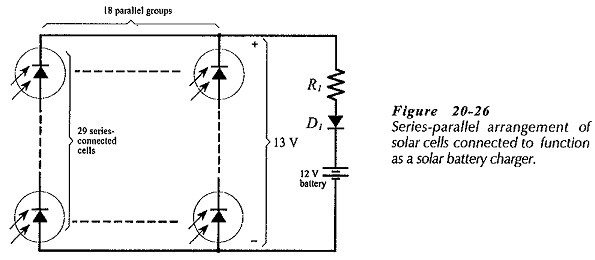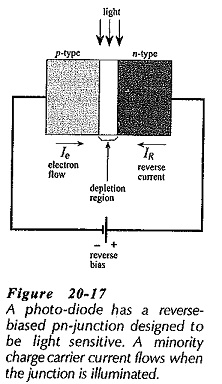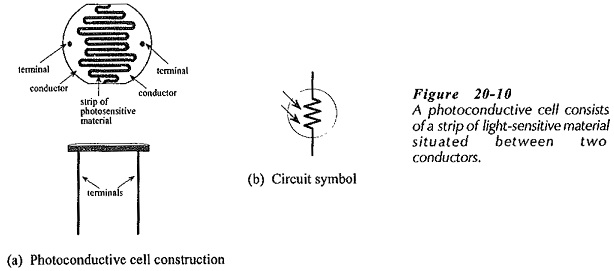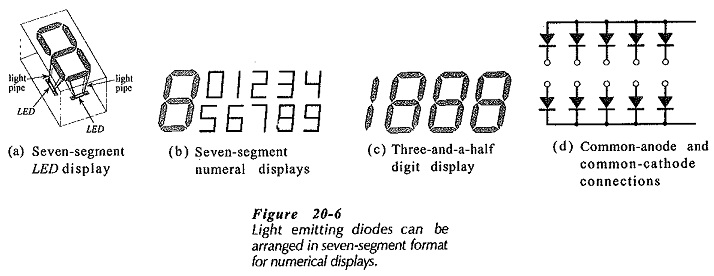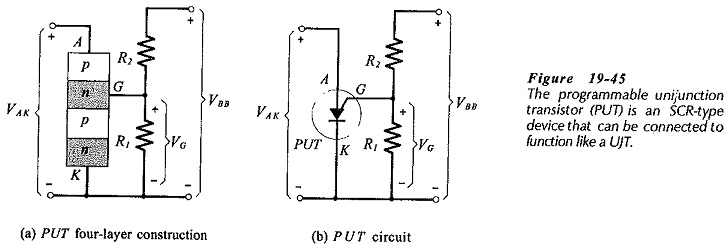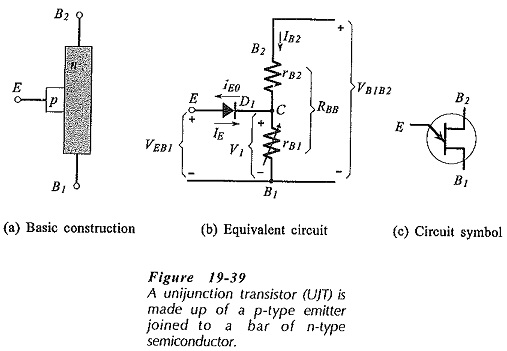Solar Energy Conversion Diagram
Solar Energy Conversion Diagram: The Solar Energy Conversion Diagram, or solar energy converter, is essentially a large photodiode designed to operate solely as a photovoltaic device and to give as much output power as possible.…
